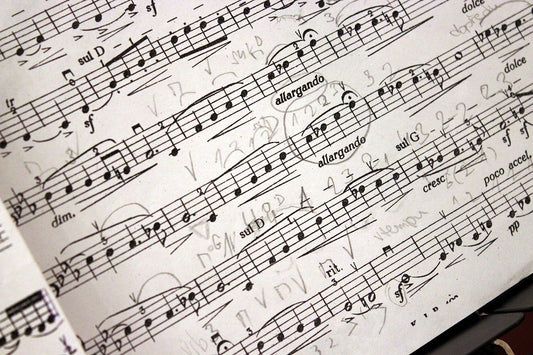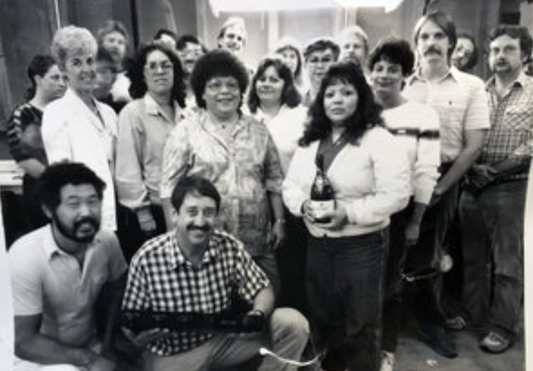Network Attached Storage (NAS) devices would seem a no-brainer for anyone wishing to store their music. They come with a built in computer that can be quite powerful, connect to multiple computers at the same time, and from anywhere in the house, are cheap, and can include backup capabilities as well. Seems the perfect solution. But, nothing's perfect.
I have owned multiple NAS in my forays into computer audio and have abandoned each and every one of them over time. It's kind of like Netflix. Great idea, but I have subscribed and unsubscribed at least four times. But both are getting better.
The biggest problems I have with NAS is speed. The transfer of data over your home network is considerably slower than what happens inside your desktop computer. Let me give you an example. On my office computer at PS Audio I have an internal hard drive with 1tB of music (about 1,000 albums). Let's say I want to transfer the contents of that hard drive, all 1,000 albums, to my new NAS. Simple enough. On my computer screen I can see both hard drives. I open up the one with all the music, click on the first track with my mouse, then press Control A (Command A on the Mac) and every album on the hard drive is highlighted. I then drag that group over to the image of the NAS and a little window pops up telling me it's being copied. It'll take 19 hours. Frick! 19 hours?
Ok, same scenario, but this time I have a USB connected hard drive. I follow the same procedure and I am told it will take 9 hours, about half the time. If I were to try the same transfer with two internal hard drives on my desktop computer, it would take about an hour. Your mileage may vary.
There are three things working against us: the speed of the network that connects the two, the speed of the internal computer on the NAS, and the speed at which your desktop computer can organize and send the data over an ethernet port. USB, in particular, USB 3.0, is quite a bit faster. But, we're discussing NAS.
Speed of transfer is the biggest drawback of NAS. But now, let's put things in perspective. Imagine that you made the transfer, got up the next morning and she's all done. That took a long time, but it's not out of the question. What's really the issue is using the NAS. If we want to now stream a movie, or music from the NAS to our DAC or player, is it fast enough to send the data without a hiccup? You bet. No problem, as long as you have a reasonable network–and most of us do.
So initial transfer time's the biggest drawback for NAS. If you're not as impatient as me, then that might not be an issue. Tomorrow, let's see what the benefits might be. And there are many.








